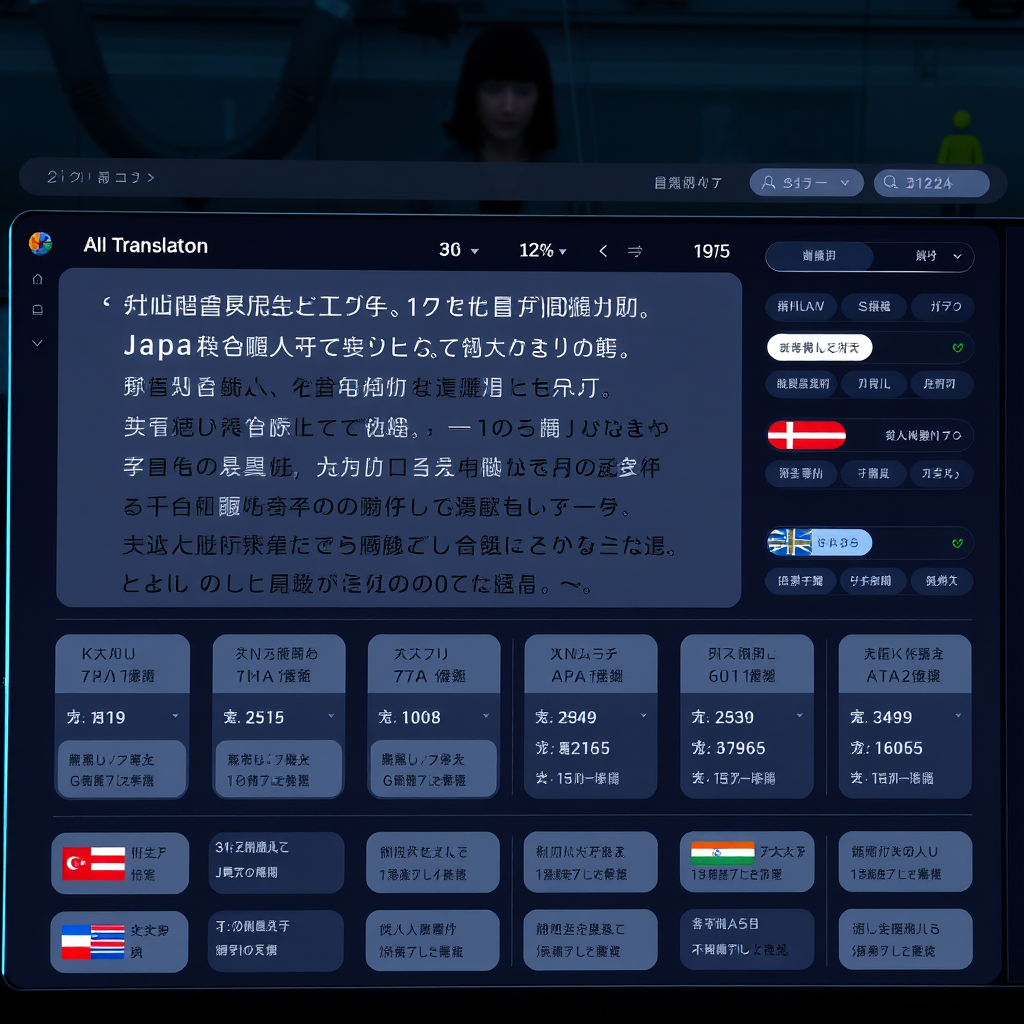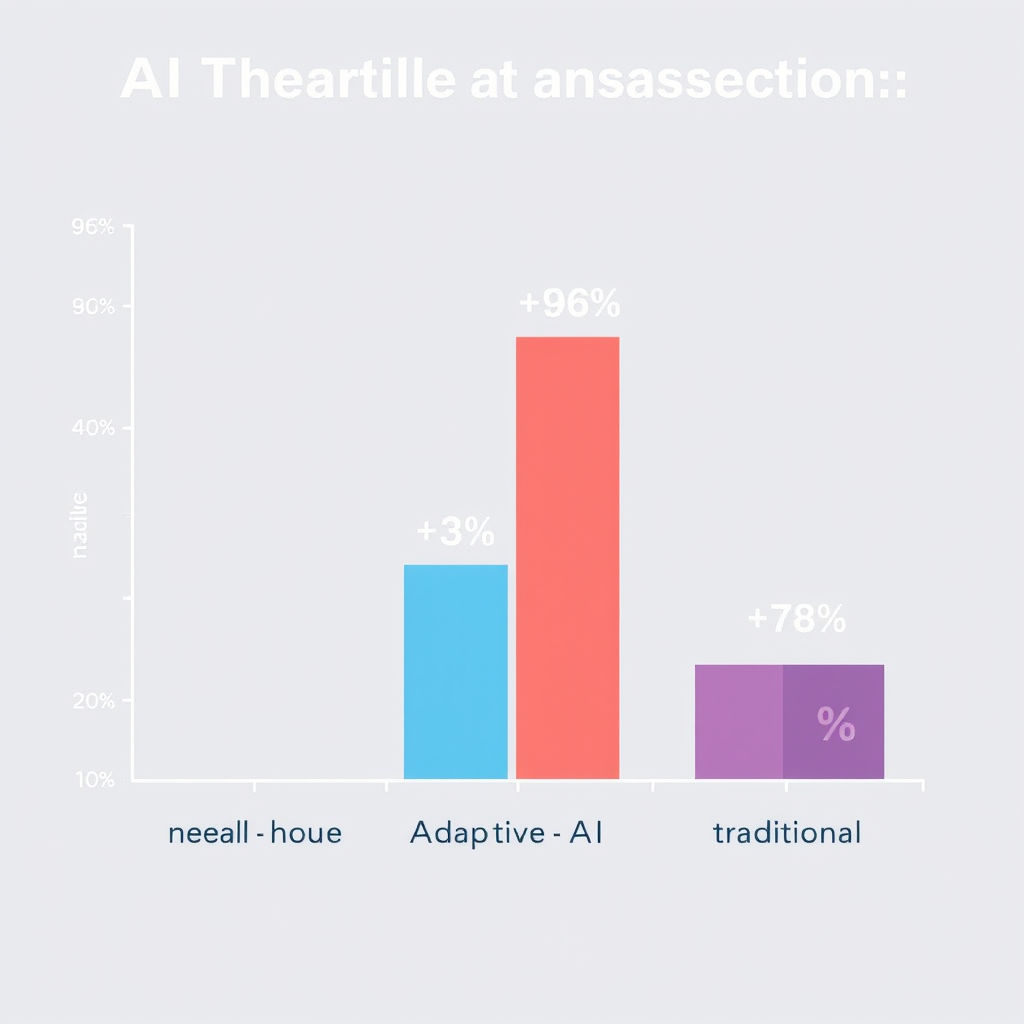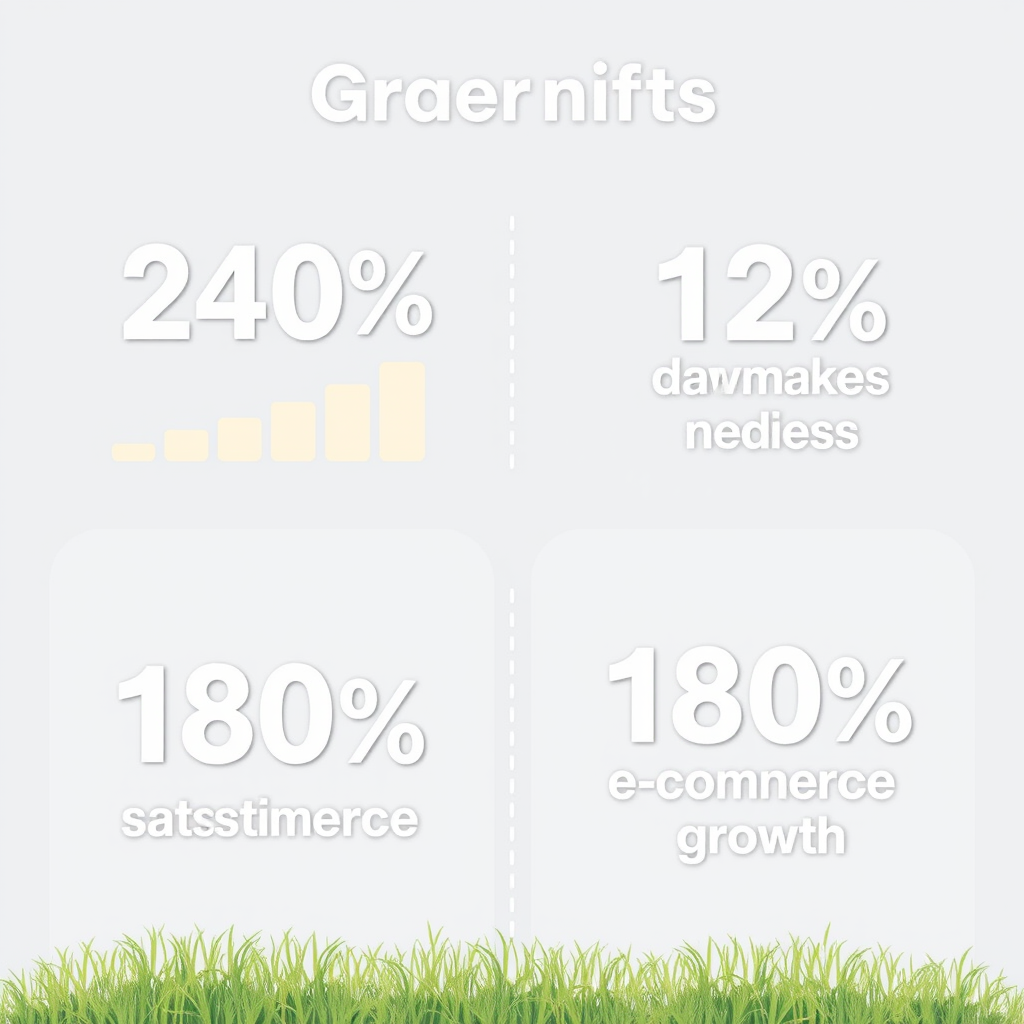Breaking Down Language Barriers: AI Translation Tools for Global Business Success

In today's interconnected global economy, Japanese companies are discovering that language barriers no longer need to limit their international expansion. Advanced AI translation and localization tools are revolutionizing how businesses communicate across cultures, enabling unprecedented growth opportunities.
The AI Translation Revolution in Japanese Business
Japanese enterprises are increasingly turning to AI productivity tools to overcome traditional communication challenges. These sophisticated systems go far beyond simple word-for-word translation, incorporating cultural context, industry-specific terminology, and regional nuances that are crucial for successful international business relationships.
Key Benefits of AI Translation Tools:
- Speed and Efficiency: Process thousands of documents in minutes rather than weeks
- Cost Reduction: Reduce translation costs by up to 70% compared to traditional methods
- Consistency: Maintain uniform terminology across all communications
- Real-time Communication: Enable instant multilingual conversations
Comparing Leading AI Translation Solutions
Our comprehensive analysis of current AI translation platforms reveals significant differences in accuracy rates and specialized features. Here's what Japanese businesses need to know:
Neural Machine Translation
Accuracy Rate: 94-97%
Best for technical documentation and formal business communications. Excels at maintaining context across long documents.
Adaptive AI Translation
Accuracy Rate: 91-95%
Specializes in cultural adaptation and colloquial expressions. Ideal for marketing materials and customer-facing content.

Maintaining Cultural Nuance in Automated Translations
The most successful implementations of AI translation tools combine automation with human oversight. Japanese companies have found that maintaining cultural sensitivity requires a strategic approach that leverages both AI efficiency and human cultural expertise.
Best Practice Tip
Implement a hybrid approach where AI handles initial translation and cultural specialists review content for nuance and appropriateness. This method maintains speed while ensuring cultural accuracy.
Real Success Stories: 200% Growth Through AI Translation
Several Japanese companies have achieved remarkable international expansion by implementing comprehensive AI translation strategies. Here are three standout examples:
Case Study 1: Manufacturing Excellence
A Tokyo-based precision manufacturing company implemented AI translation tools across their technical documentation and customer support systems. Within 18 months, they expanded into 12 new markets and increased international revenue by 240%.
- Reduced documentation translation time from 3 weeks to 2 days
- Improved customer satisfaction scores by 35%
- Enabled 24/7 multilingual customer support
Case Study 2: E-commerce Expansion
An Osaka-based e-commerce platform used AI translation to localize their entire product catalog and customer experience for Southeast Asian markets. Their international sales grew by 180% in the first year.

Implementation Strategy for Japanese Businesses
Successfully integrating AI translation tools requires careful planning and strategic implementation. Based on our analysis of successful deployments, here's a proven framework:
Assessment Phase
Evaluate current translation needs and identify priority markets for expansion.
Tool Selection
Choose AI translation platforms that align with your industry requirements and accuracy needs.
Training & Integration
Implement comprehensive AI time management course for staff to maximize tool effectiveness.
Future Outlook: The Next Generation of AI Translation
As AI technology continues to evolve, we're seeing exciting developments in contextual understanding, emotional tone recognition, and industry-specific terminology databases. Japanese companies that invest in these advanced AI productivity tools today will be best positioned for tomorrow's global marketplace.
Looking Ahead: 2025 Predictions
- Real-time video translation with cultural context awareness
- Industry-specific AI models with 99%+ accuracy rates
- Seamless integration with existing business productivity tools
- Advanced emotional intelligence in translated communications
The evidence is clear: Japanese companies that embrace AI translation technology are not just breaking down language barriers—they're building bridges to unprecedented global success. With the right strategy, tools, and training, your business can join the ranks of companies achieving 200% growth through intelligent automation.
Ready to transform your global communication strategy? The future of international business belongs to companies that can communicate effectively across all cultures and languages. AI translation tools are no longer a luxury—they're a necessity for competitive advantage in the global marketplace.